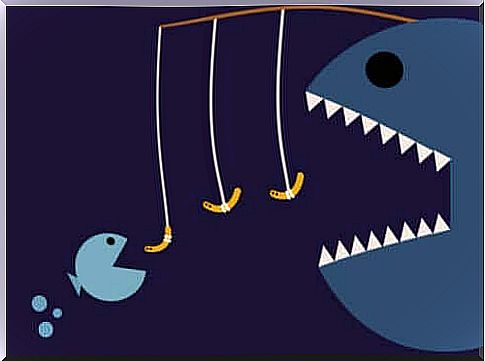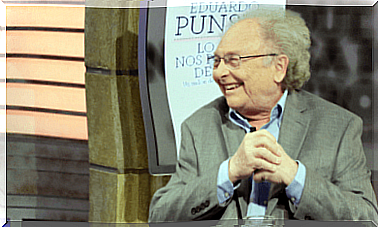Learn About Consumer Fraud And False Marketing

Marketing and advertising are important parts of the trade; areas that often use mechanisms to “motivate” people to buy products. They are often misleading and this is because they intentionally omit valuable information to sell more. Thus, one could actually say that they are designed as consumer fraud and thus are false marketing.
The law prohibits misleading advertising in most countries and the fact is that many advertisers and traders rarely break the law. However, advertising methods are not always as transparent to customers as they should be.
There are many ways to carry out a consumer scam with false marketing. The truth is that some advertisements are so subtle that they manage to manipulate customers into unnecessarily burdensome purchases.

False marketing and the omission of information
In one way or another, all consumer fraud is about intentionally omitting information. However, this is also a basic point in some product advertisements. The interesting thing is that advertisers often use this strategy with false marketing while providing excessive information about something else.
A typical example of this form of fraud can be seen in some credit card campaigns. These often invite customers to events with competitions for “exclusive holiday trips for winners”. Once they have brought in a careless customer to a meeting, the marketer provides the customer with a lot of information regarding the benefits of winning this award. Of course, the marketer also tells about all the different destinations that are available and the hotels where the customer would stay etc.
What the marketer is not saying is that these holidays only apply during the most unsuitable times of the year for these specified locations. In addition, the customer must travel with a certain number of companions for the benefits to take effect.
Transfer of incentive costs to the consumer
It can be called consumer fraud when the quantity or quality of a product or service decreases without prior or direct notice to those who are to benefit from it. In one way or another, it always ends up with consumers getting something completely different than what they thought they bought from the beginning.
An example of this is credit cards that offer exclusive benefits when you become a customer. For example, they may offer free fees for certain services and points when using the card. This is to show that the benefits outweigh the obligations you accept when you become a customer.
Hidden restrictions and conditions
This is one of the most widely used mechanisms to mislead consumers. It consists of offering exclusive benefits in exchange for a subscription to a service or purchase of a product. It is only afterwards that the customer realizes that the conditions are limiting and considers the benefits.
An example of this is internet or cable TV services. They often offer six free months, but to access them you have to sign a contract for two years or more, often at a high cost. Thus, they still recover the money they did not receive during the “free” months.

Defects, damage or previous use
This type of consumer fraud is typical of websites that are only intended for “bargains”. They offer products at prices that are relatively attractive to consumers but do not clearly state that the products are either used, have certain manufacturing defects or have been damaged in some other way.
These shortcomings are noticeable over time. This happens, for example, with rebuilt, refurbished or repaired electronic devices that look like new but are not. Or with garments that are poorly made, something that you only notice after you have started using them.
All that is free is fake marketing and consumer fraud
Do not be naive, nothing is free when it comes to trading. In reality, this would be absurd. For the logic behind all private companies is to create profits. Thus, nothing that is free fits into this principle. This is something to keep in mind.
For example, when someone gives you a “free trial”, it is clear that they are not asking you for anything in return, at least not directly. However, the cost of all these “free samples” is already part of the cost of the product they market. In fact, you could buy the same product at a lower cost if the company did not resort to this type of advertising.
People often overlook all these means of consumer fraud. Shopping is not what it used to be. You used to buy what you needed, and that was it. Today, shopping is designed to be a fun and satisfying experience, or at least marketers want to make you believe it. For this reason, you should be careful not to fall victim to their manipulation.









